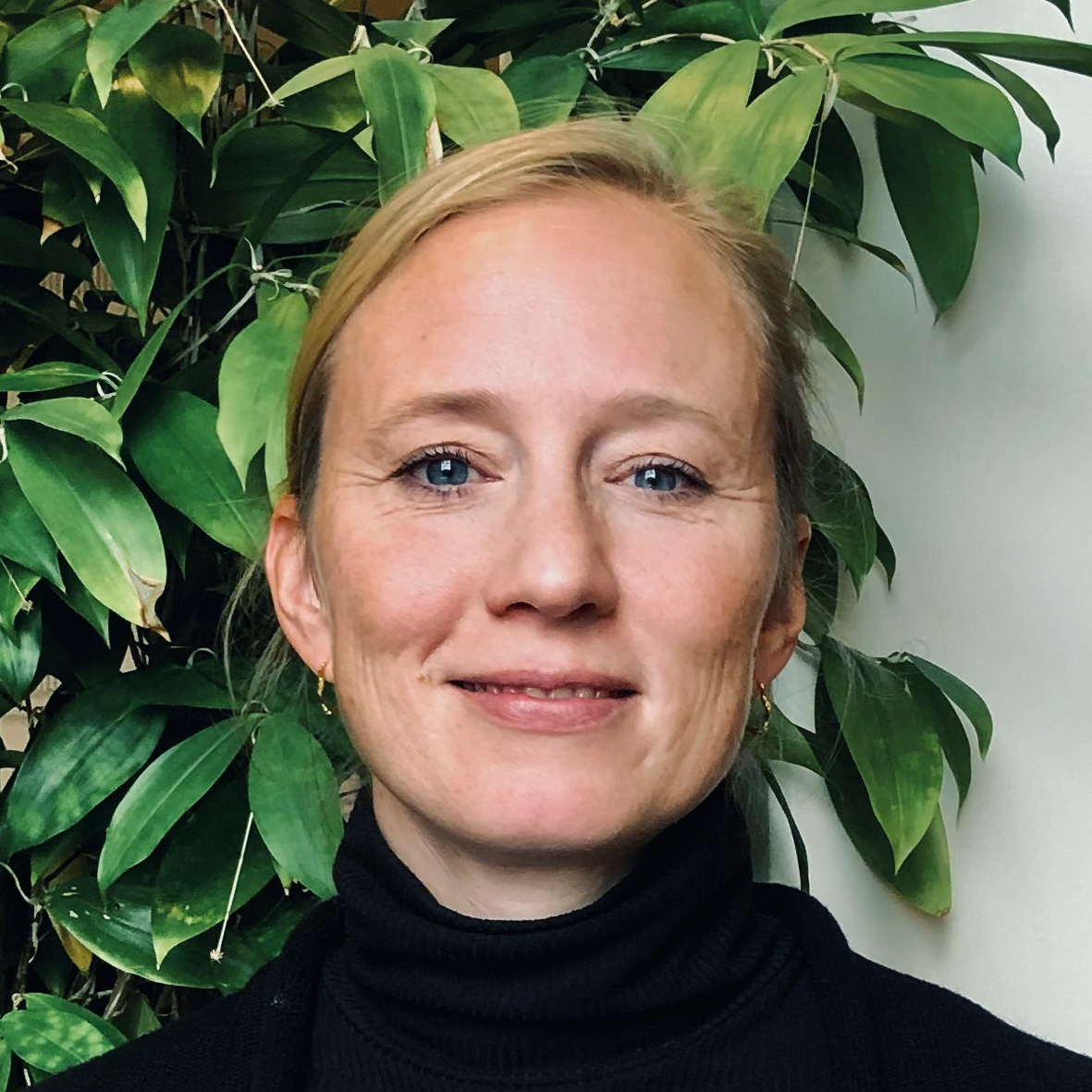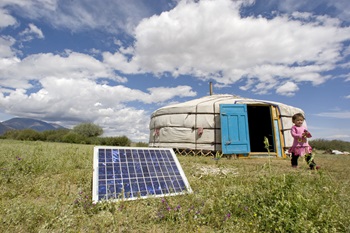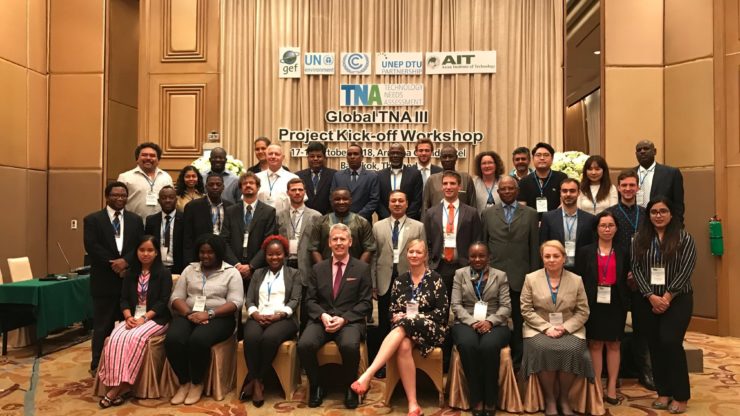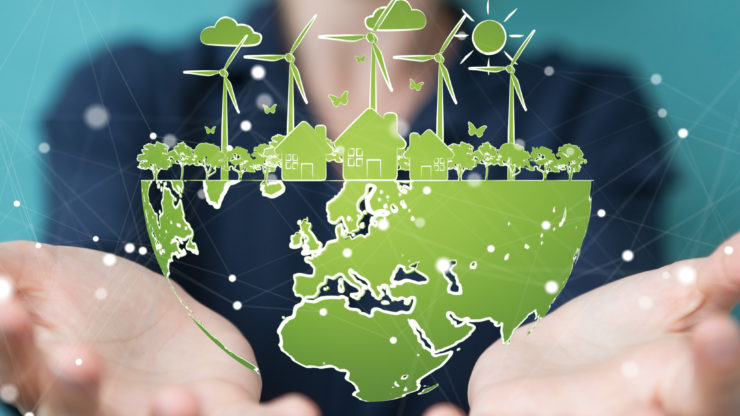Ukraine and the Technology Needs Assessment (TNA) project has published a new report prioritising technologies for climate change mitigation.
The report will not only guide the transfer of green technology and development in the Eastern European country, but also feed into the new Nationally Determined Contribution (NDC) to the Paris Agreement.
As well as being the first TNA report from Ukraine, it is also the first report from the 23 countries currently in the third phase of the TNA project.
Download the Technology Needs Assessment Report – Mitigation here.
The TNA for climate change mitigation in Ukraine is focused on the agriculture and waste sectors. These two sectors were in 2016 responsible for 16% of total greenhouse gases emissions and do not demonstrate downward trends as opposed to the Energy and Industry Sectors.
Ukraine is currently working on finalising the second NDC, planned to be submitted by the end of this year. Building on the first NDC from 2016, with a commitment to reduce emission to 60% of the 1990 levels, the second round of national commitments aims to increase the reduction ambitions, building on, among other things, input from the TNA process.
An excellent opportunity
The starting point for effective action on climate change is understanding technology needs, but before investing in technologies that reduce emissions and adapt to climate change, it is essential to analyse a country’s specific needs. The TNA process is designed to do precisely this type of in-depth analysis.
However, as the Ukrainian Minister of Ecology and Natural Resources, Ostap Semerak, writes in the foreword of the report, emission reductions is not an end in itself. It needs to be linked to innovative growth, population welfare and creation of fair market conditions. Goals that we cannot achieve without technology transfer.
“The ongoing Technology Needs Assessment project in Ukraine is an excellent opportunity to accelerate environmentally friendly technology transfer that should become the basis for Ukraine to reach the ambitious greenhouse gas emission reduction targets and promote low carbon and climate-resilient development of the country,” he writes.
Presenting existing national policies on climate change mitigation and development priorities, greenhouse gas inventory, stakeholder engagement and the institutional arrangements of the TNA, the report analyses and prioritises sectors, identifies criteria and assesses technologies based on a multi-criteria approach.
Describing in detail the prioritized technologies with summaries, descriptions and main conclusions the report also contains technology fact sheets. It is set to be followed soon by a TNA report on adaptation priorities focusing on water and agriculture.
Read more about the Ukraine TNA project here.
National priorities for global goals
In 2016, Ukraine was one of the first countries to ratify the Paris Agreement. Being actively involved in the TNA project is one of the ways in which the country is committed to achieving the Paris Agreement’s goals guided by national priorities.
As the second largest country in Europe, Ukraine has great agricultural potential and is among the world’s largest grain exporters. However, research shows that climate change is having significant negative impacts on agriculture, forestry, water and the coastal zone.
The TNA project provides a great opportunity for Ukraine to perform a country-driven technology assessment to identify environmentally sound technologies addressing climate change mitigation needs of the country.
The next steps for Ukraine in the TNA process includes assessing barriers to implementation of prioritized technologies and preparing the technology action plans.
The TNA Project is funded by the Global Environment Facility and is implemented in close collaboration with the UNFCCC Technology Mechanism.



